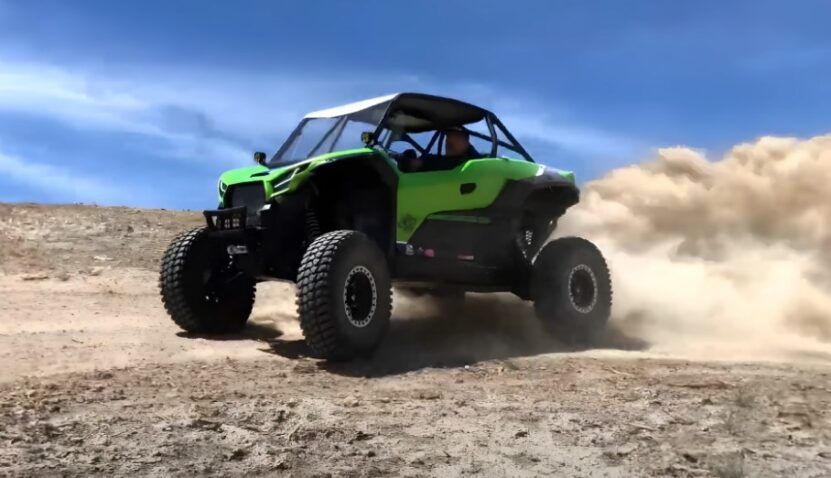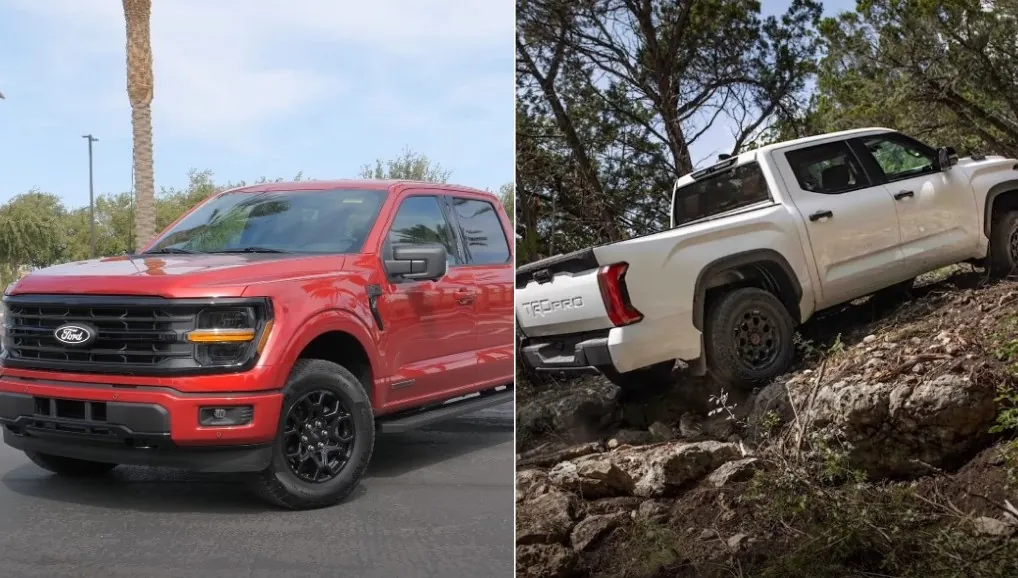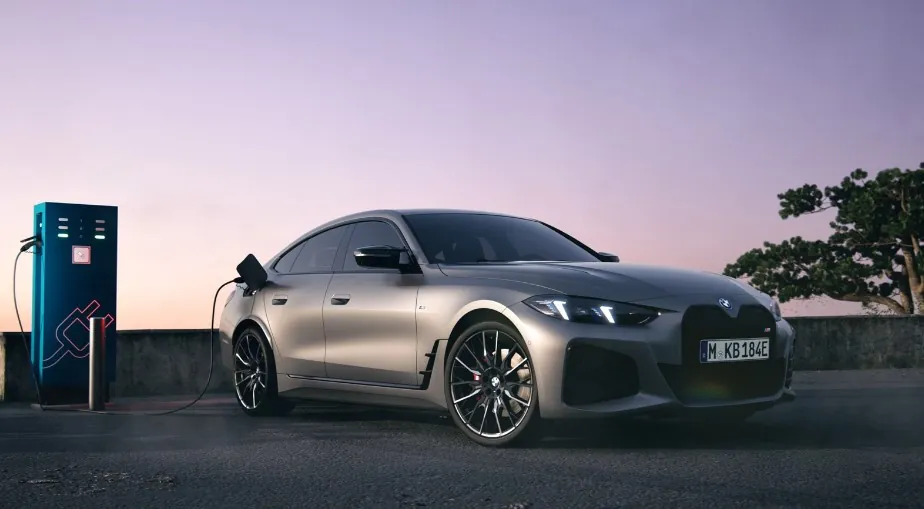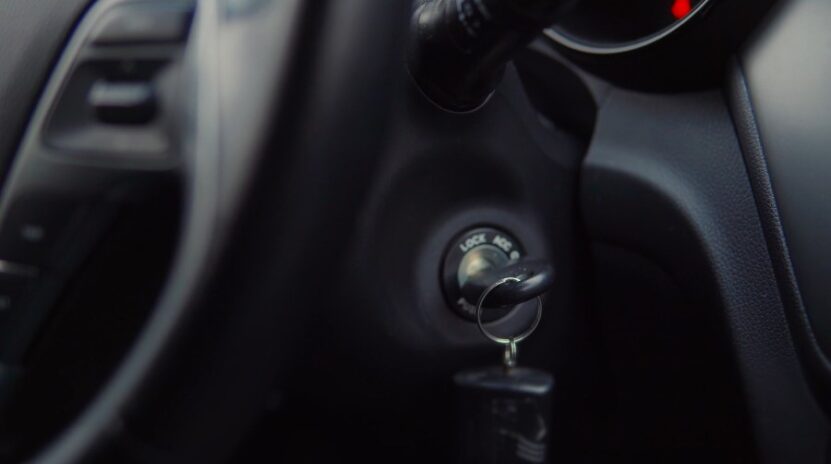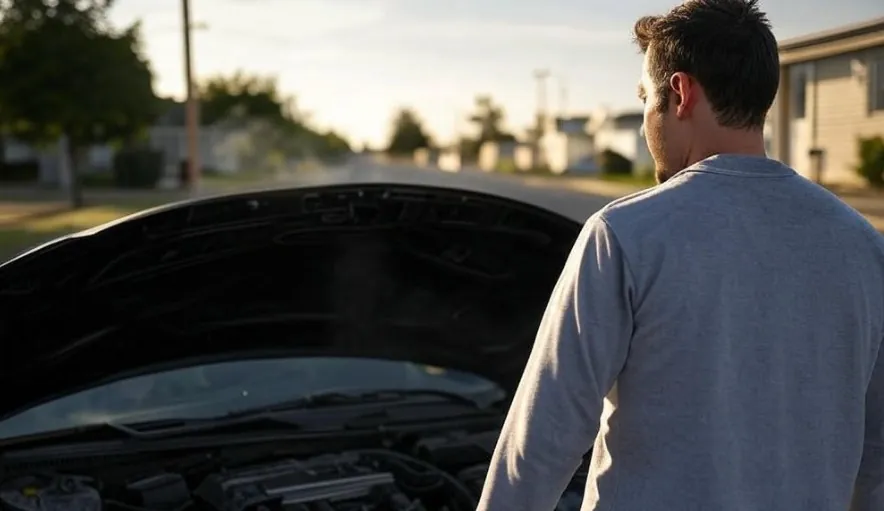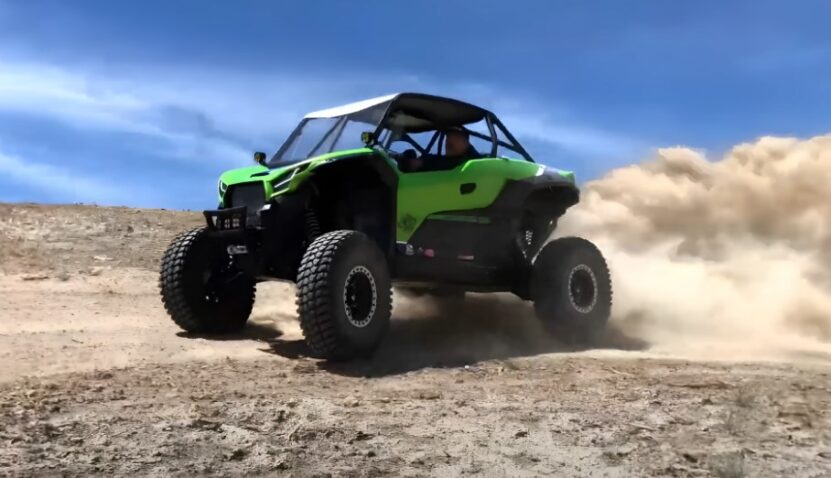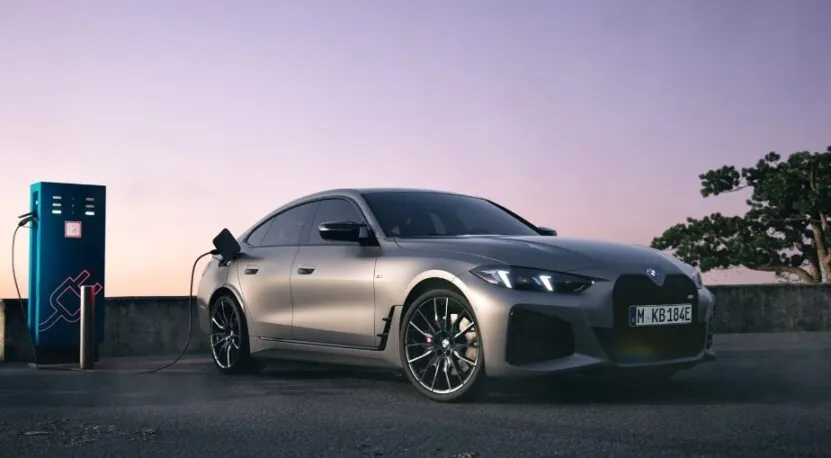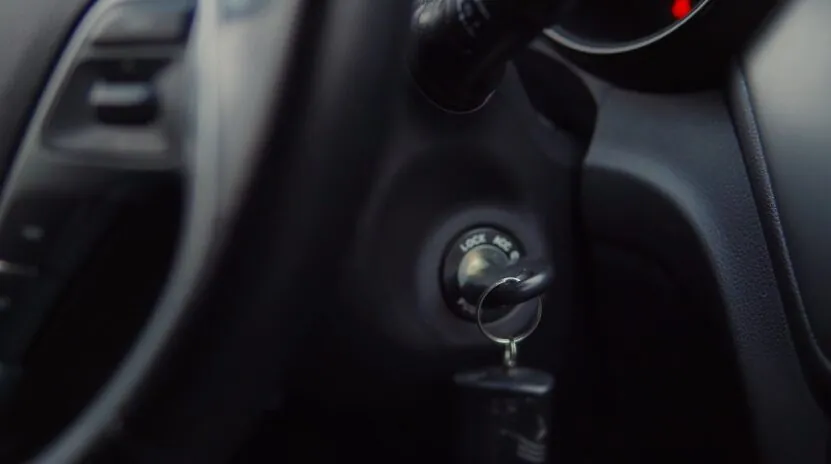
Share Post:
Every family has that one cousin who shows up to the cookout bragging about horsepower and torque like anyone actually asked. Usually drives a lifted Ford with a flag hanging off the tailgate. Then there is the other guy who quietly pulls up in a Toyota, does not say much, but his truck somehow outlasts three job changes, two girlfriends, and a cross-country move.
That sums it up.
The Ford F-150 comes in loud, proud, and everywhere you look. It is like the default answer when someone says “truck.” Toyota Tundra? Built like it got tired of being underestimated. It has that quiet confidence that says, “I’ll haul your boat and still look new after ten winters.”
People get real defensive about their trucks. Some call the Tundra too soft or too foreign. Others say the F-150 peaked ten years ago and now relies on brand loyalty and fancy screens.
So what actually holds up when you stack them side by side?
Let us get into it.
Table of Contents
ToggleFord F-150: The Loud Legend That Sells Itself
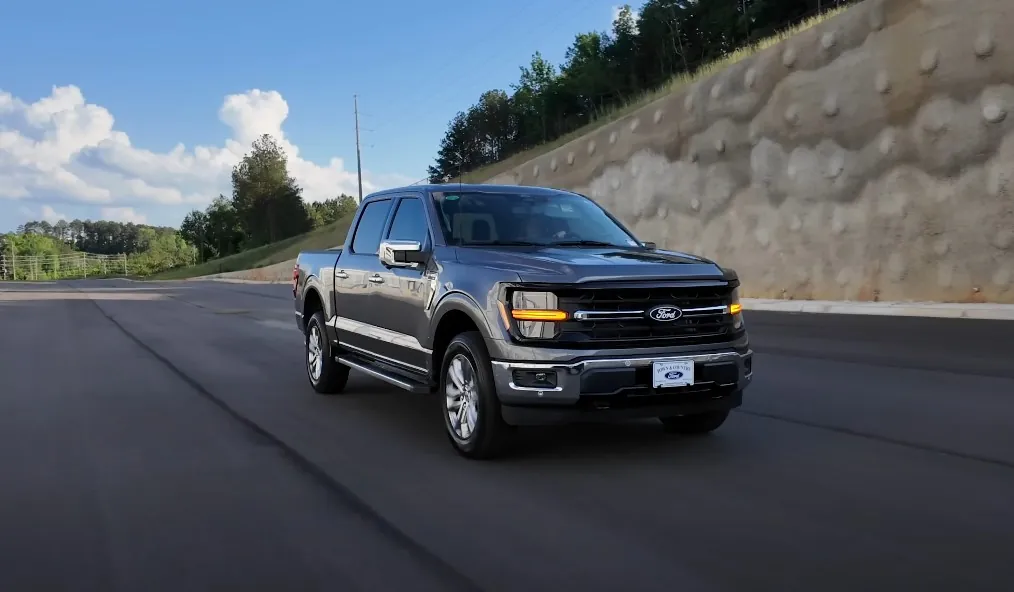
| Feature | Detail |
| Engine Options | 2.7L EcoBoost V6, 5.0L V8, 3.5L PowerBoost Hybrid |
| Horsepower Range | 290 to 450 hp depending on trim |
| Towing Capacity | Up to 14,000 lbs |
| Bed Sizes | 5.5-ft, 6.5-ft, 8-ft options |
| Fuel Economy | Around 17–25 mpg depending on engine and drive |
| Interior Tech | SYNC 4, 12-inch touchscreen, over-the-air updates |
| Safety Features | Standard forward collision warning, lane keeping assist |
| Price Range (MSRP) | $36,000 to $84,000+ |
| Best For | Daily drivers who want bragging rights and heavy hauling combined |
Ford F-150 does not try to win your attention—it already has it. It is on every job site, every highway, every dealership lot with banners flapping and zero-percent financing dreams. It gives you choices.
So many choices that picking a trim starts to feel like building a house. XLT, Lariat, King Ranch, Platinum, Limited—at some point it stops being a pickup and starts being a luxury sofa on wheels.
Now, when it comes to looks, let us be real. F-150 has that boxy, in-your-face design that screams, “I move things and crush gravel for breakfast.” And yes, folks who grab it often go straight for upgrades before the tags even arrive.
One of the easiest flexes? A front grille with LED lighting, especially the kind that turns heads when you pull up anywhere after sunset. You can find solid options at highcountryoffroad.com, where they also throw in enough aftermarket candy to turn your basic truck into a rolling monument to yourself.
Under the hood, performance lives up to the hype. Even the hybrid setup kicks out torque like it means business. Towing numbers look good on paper and feel even better when dragging a boat through the mountains. But it is not perfect. The ride can feel stiff. The tech acts like it needs a nap sometimes. And that fuel economy? Let us say the numbers look a lot better when you whisper them to yourself.
F-150 sells like hotcakes for a reason. It plays it safe where it counts, adds enough flash to keep buyers excited, and banks on tradition. If you want a truck that looks like a truck, drives like a truck, and makes your neighbor’s Tacoma feel self-conscious, this is your move. But if you want less fanfare and more consistency, keep reading. The Tundra has something to say.
Toyota Tundra: The Quiet Workhorse That Will Outlive Your Mortgage
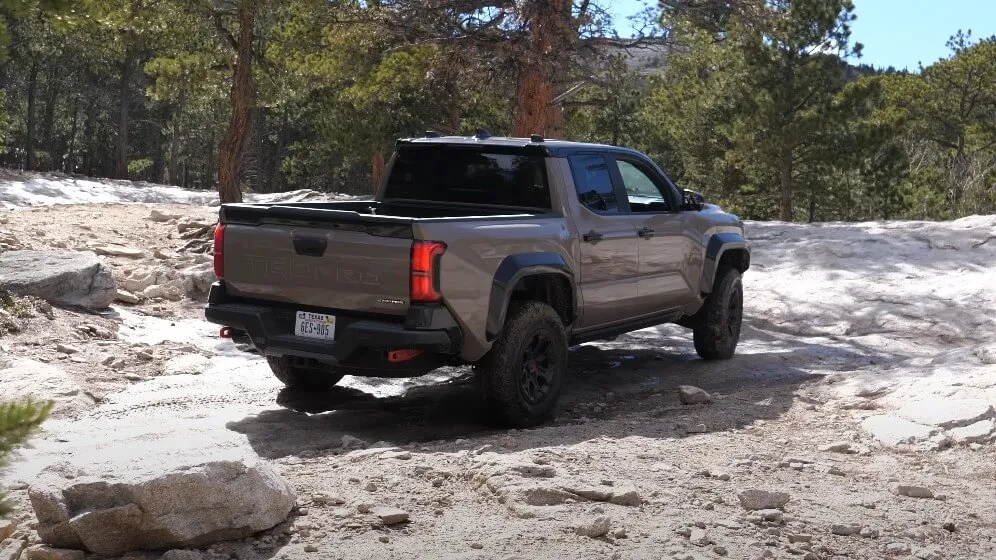
| Feature | Detail |
| Engine Options | 3.4L Twin-Turbo V6, Hybrid V6 |
| Horsepower Range | 348 to 437 hp depending on trim |
| Towing Capacity | Up to 12,000 lbs |
| Bed Sizes | 5.5-ft, 6.5-ft, 8.1-ft options |
| Fuel Economy | Around 18–22 mpg depending on setup |
| Interior Tech | 14-inch touchscreen (in upper trims), wireless Apple CarPlay/Android |
| Safety Features | Toyota Safety Sense 2.5 standard across all trims |
| Price Range (MSRP) | $40,000 to $78,000+ |
| Best For | Drivers who want long-term durability and no dealership drama |
Toyota Tundra walks in, shrugs off the noise, and gets the job done without needing a spotlight. It does not show up in every third driveway. It does not have fifteen trims with fancy names. What it does have is consistency.
The new engine lineup dropped the old V8. That move offended some purists, but anyone actually behind the wheel knows better. The twin-turbo V6 does not feel like a downgrade. It moves smooth, pulls strong, and when paired with the hybrid setup, it delivers torque like a sledgehammer. No drama. Just push and go.
Tundra does not try to woo you with luxury, although the upper trims like the Capstone might make you forget you are inside a truck. Materials feel better. The screen is massive. Buttons actually make sense. Toyota skipped the overengineered mess and gave drivers a setup that works without glitching every time your phone updates.
It does not top towing charts, but it hauls more than most will ever need. And when it comes to reliability, Toyota owners do not sweat maintenance appointments—they show up once every other oil change, shrug, and say “Still runs fine.”
Tundra does not beg for attention. It earns it the hard way. If you want a truck that shows up every single day, handles work without asking for a break, and does not flood your dash with useless features, this one deserves a serious look.
Daily Drive or Desert Duel: Which One Actually Fits Your Life?
Every truck looks tough parked at the gas station. Every spec sheet looks impressive in the showroom. That does not mean both trucks belong in your driveway.
F-150 fits the driver who wants options, wants attention, and wants to know that whatever job comes up, their truck can probably handle it. It checks every box on paper, gives you a parade of trims to pick from, and makes you feel like you bought a truck with a resume. It feels like the safe bet. Until the screen freezes or your neighbor pulls up in the same exact trim.
Tundra fits the driver who hates surprises. You do not get flooded with packages or flash. You get quality. You get reliability. You get fewer choices—but better ones. It feels quieter, more refined, more focused. It fits the kind of person who would rather skip the dealership drama for the next ten years and still trust their truck to tow, climb, and commute without whining.
If your weekend looks like hardware store runs and tailgate talk, the Ford might suit you better. If your plans include road trips, weather swings, or disappearing into the woods for a week, the Toyota might actually make your life easier.
Pick the truck that fits your lifestyle. Not the one that yells louder on billboards.
What Nobody Tells You Until After You Buy One
Every dealership loves to hype the fantasy. Clean chrome, no dust, dramatic angles, and exactly zero truth about what happens after the first thousand miles. No one warns you about squeaks, screen freezes, or that one trim piece that always pops out when it gets cold.
F-150 and Tundra both sell an image. One sells it loud. One sells it quiet. But long-term ownership tells a different story.
F-150 Pros and Cons
- Tons of engine and trim choices
- Best-in-class towing
- Tech-heavy interior
- Strong resale value
- Looks the part everywhere
- Overwhelming amount of options
- Fuel economy can get ugly fast
- Tech glitches are a known issue
- Build quality feels inconsistent
- Feels common and predictable
Tundra Pros and Cons
- Legendary reliability
- Solid hybrid performance
- Clean, functional tech setup
- Comfortable on long drives
- Holds value extremely well
- Fewer trim options
- Slightly lower towing capacity
- Less flashy interior
- Stiffer ride when unloaded
- Higher price for fewer extras
F-150 comes out swinging. It has flash, muscle, and a lot of early excitement. But it can wear thin when you start noticing small annoyances piling up. Buttons that stick. Updates that fail. That one sensor that always needs a reset.
Tundra does not give you that early thrill. It grows on you. The longer you drive it, the smarter it starts to feel. It avoids high-maintenance habits. It does what you ask, every single time, and never acts like it wants a break.
Both trucks work. One might work better for your weekend. The other might work better for your next decade.
Last Words
Buying a truck always starts with pride. You imagine hauling something huge, backing into a spot like a pro, and watching heads turn at stoplights. But after that first year, the shine fades, and what really matters is how much the thing asks from you.
F-150 gives you the bragging rights. It checks boxes fast and loud. It looks great parked anywhere and lets you play with options like a kid in a candy store. You can build it out with power, screens, chrome, or leather. But all that flash comes with more moving parts, more choices to regret, and more things that can get fussy over time.
Tundra stays quiet in the background. It never tries too hard to impress you. But when life starts tossing curveballs—snowstorms, long drives, busted roads—that is when the Toyota starts to shine. It holds together. It saves you trips to the dealer. It does not care about looks. It cares about lasting.
Both trucks have a loyal following, and for good reason. Just depends on what kind of driver you are. Some want to make a statement. Others want something that does not need babysitting.



